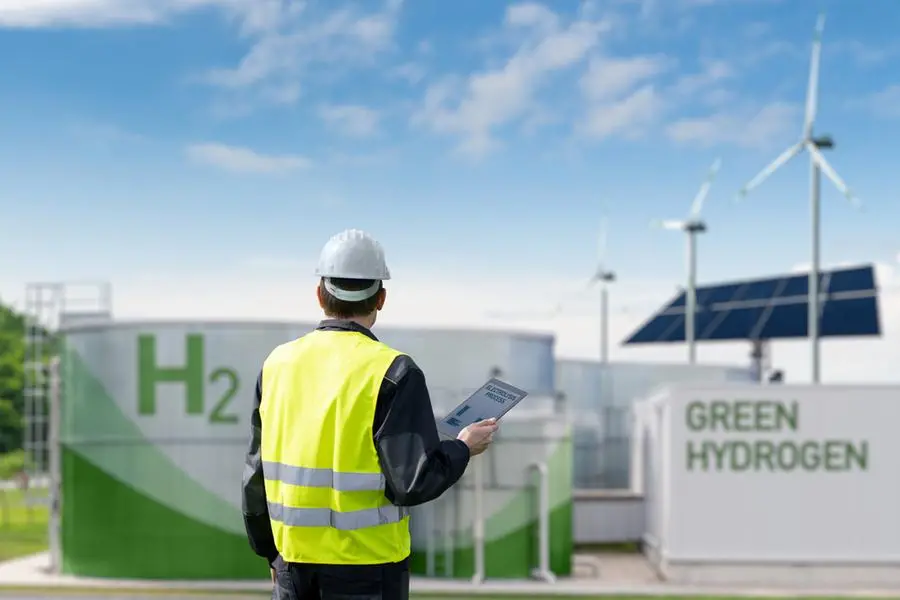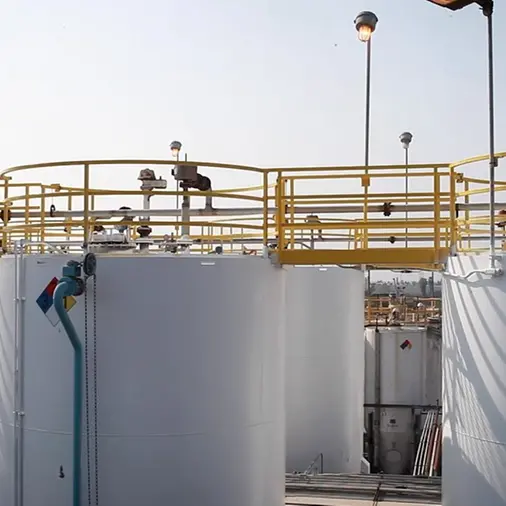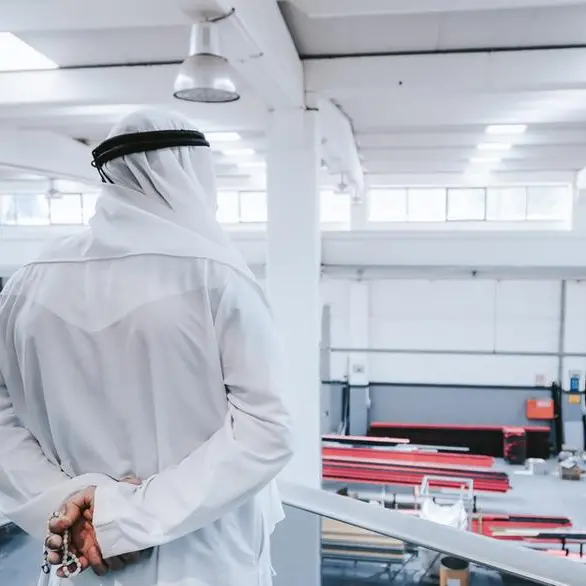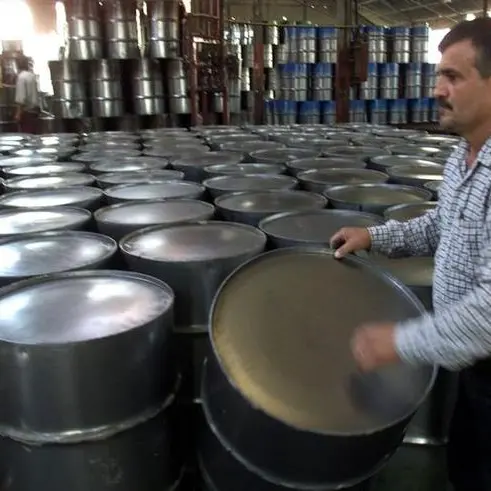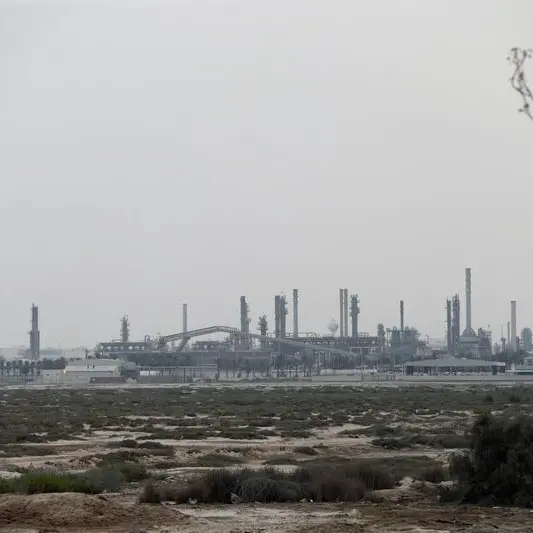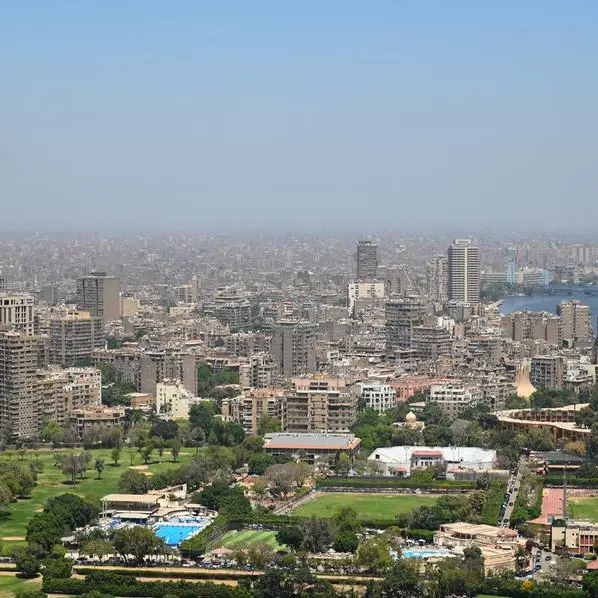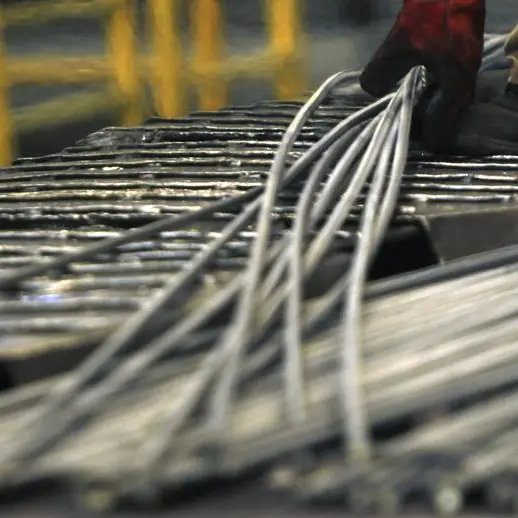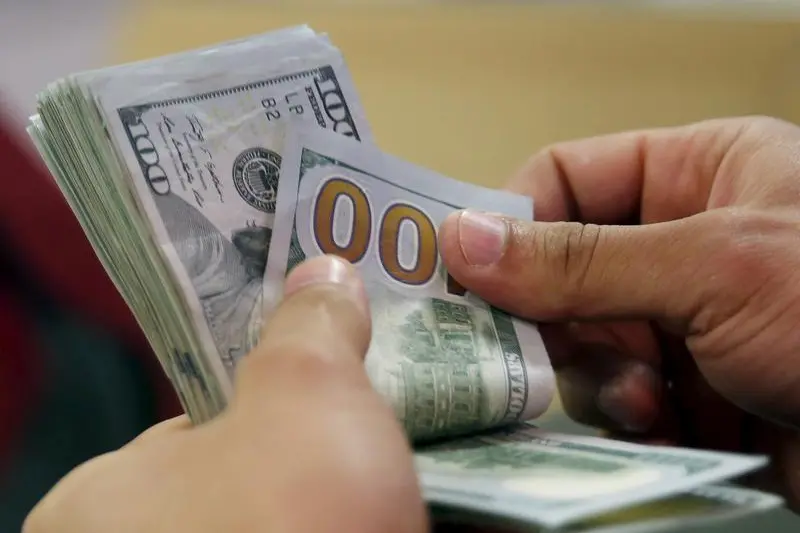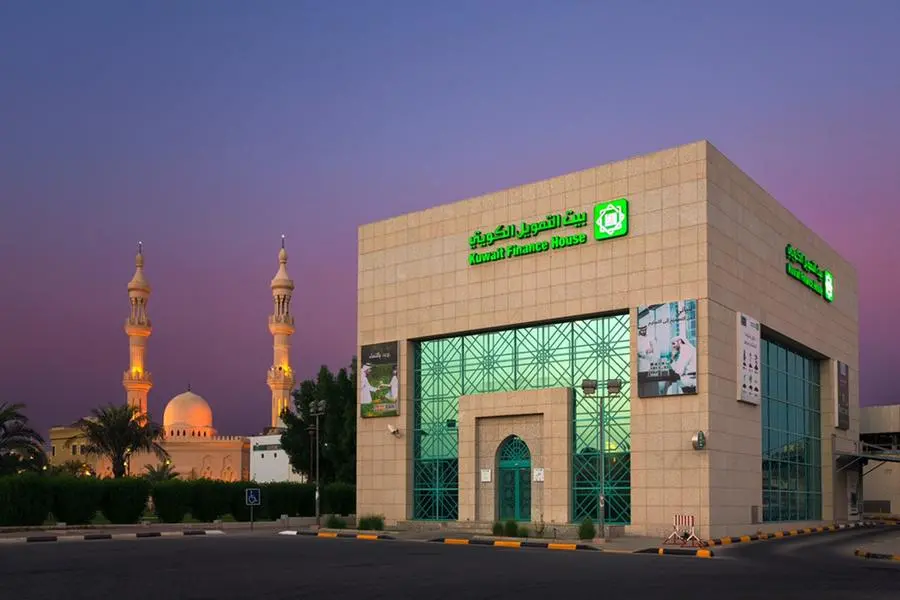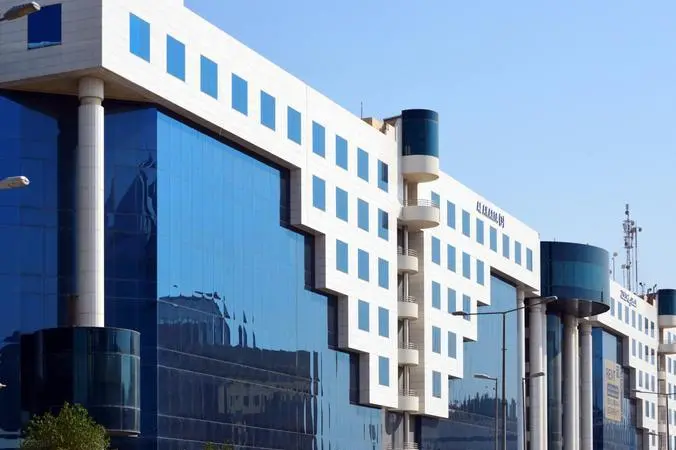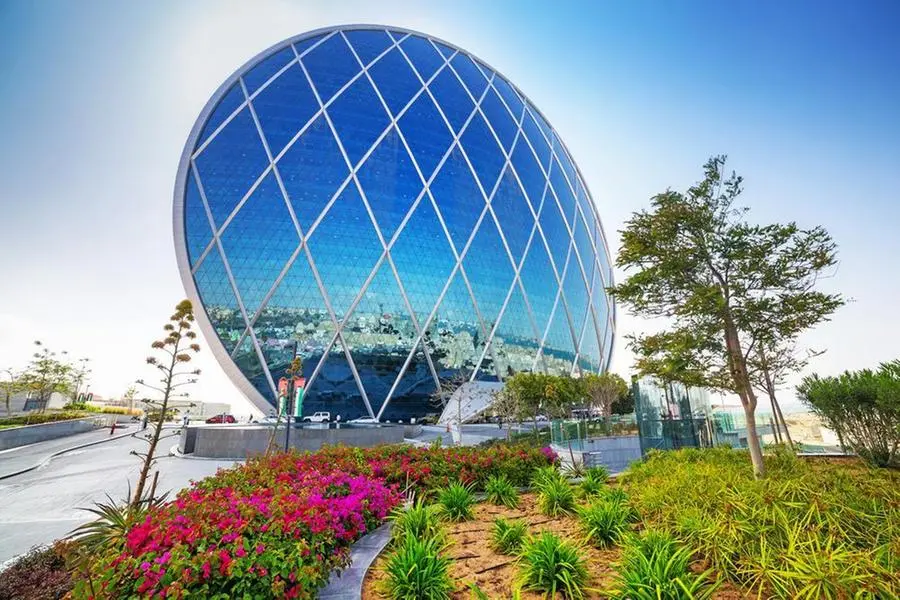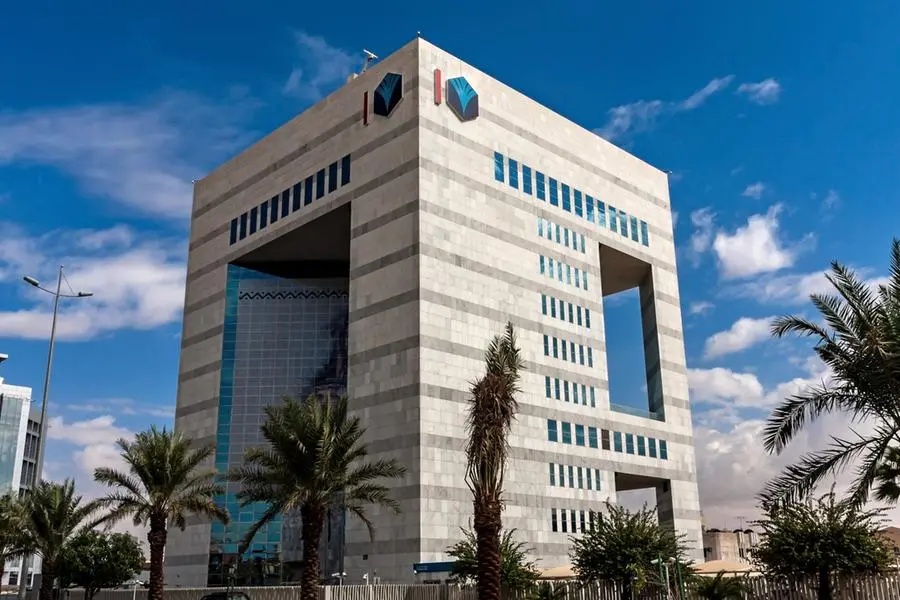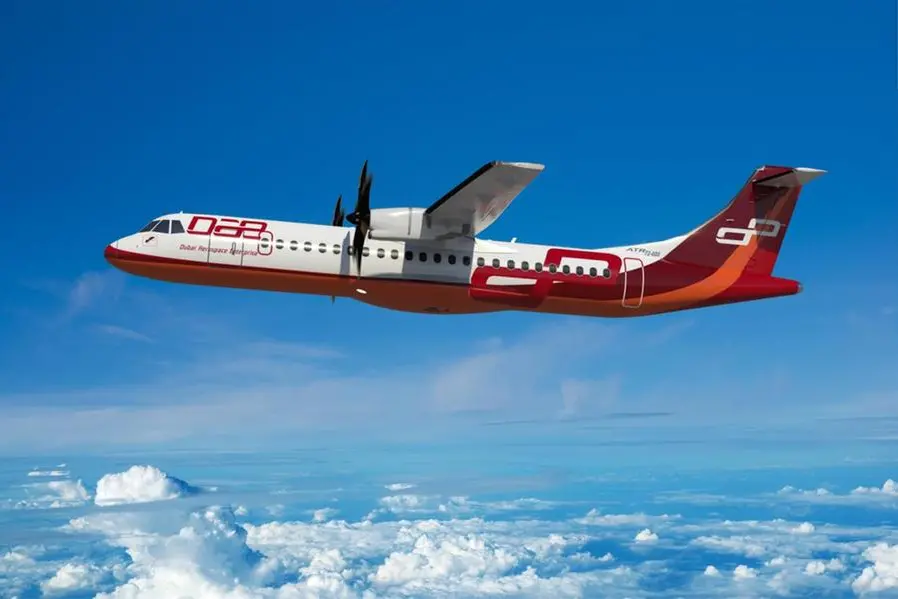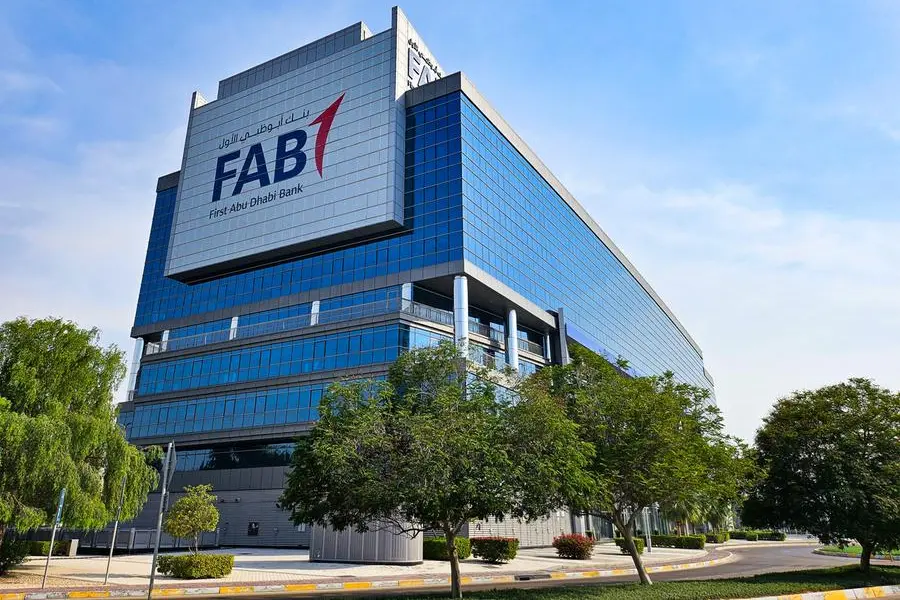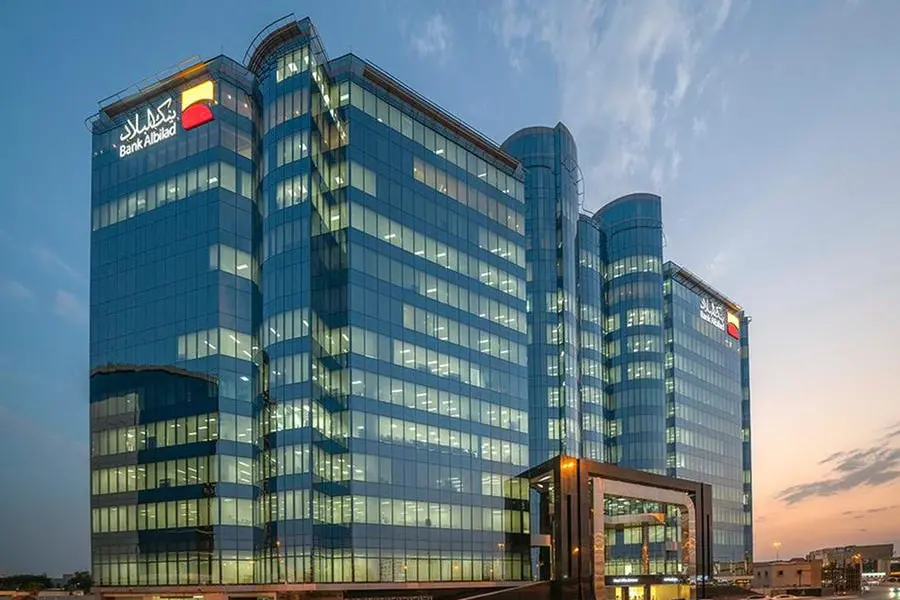PHOTO
Underscoring the magnitude of Oman’s new green hydrogen industry, investments in the first wave of giga-scale energy projects underpinned by support utilities collectively referred to as ‘common infrastructure’, are expected to total between $40 – 60 billion by 2030, according to Eng Salim bin Nasser al Aufi, Minister of Energy Minerals.
The revised projections, up from previous estimates of $30 – 40 billion for the green hydrogen projects alone, point to the sizable investment that will go into the development of the common-use infrastructure, encompassing new hydrogen pipelines, transmission networks, water desalination and pipeline networks, and specialized storage capacity as well.
Addressing the 10th Berlin Energy Transition Dialogue 2024 (BETD), which took place in the German capital last week, Al Aufi said the sizable investment Oman is making towards the common-use infrastructure affirms its commitment to meeting the stringent standards set by key blocs, notably the European Union, for the import of renewable hydrogen.
“We want to build a completely new infrastructure so that we can meet all the potential standards that will come our way,” said Al Aufi. “In terms of investment, we are estimating that we probably will be investing between 40 to 60 billion dollars over the next five years in order to meet (our green hydrogen production target around 1 million tons per annum by 2030).”
To date, six gigawatt-scale green hydrogen projects have been signed with a number of multinational consortiums that have been allocated land blocks in Al Wusta and Dhofar Governorates. Hydrom Oman, the orchestrator of the green hydrogen industry, has also launched a new entity, provisionally named ‘InfraCo’, to oversee the development of the common-use infrastructure.
Given the element of “uncertainty” surrounding the multiplicity of standard-setting regulatory regimes likely to materialize from different markets, the Sultanate of Oman has decided to design and roll-out entirely new common infrastructure to be able to “take on the most stringent standards” set by importers, said Al Aufi.
“So we are not going to use the existing infrastructure; we are building completely new infrastructure, which will be completely ring-fenced from any grey power generation, grey water generation, grey ammonia generation, and so on. So it's all going to be a 100% green.”
This commitment to building out greenfield infrastructure spans not only the hydrogen pipelines, but also the renewable energy systems, power cables, desalination plants and other utilities, he said.
“All of that is to make sure that there are no standards that we cannot meet”, he said, while adding in lighter vein, “If we are unable to meet the European standards, then those standards must be wrong!”
Part of the objective behind the plan to finance the common-use infrastructure is to mitigate the cost burden on developers investing in green hydrogen projects, said the Minister. At the same time, Oman is working with partners to explore cost-competitive and viable options for shipping renewable hydrogen, whether in the form of ammonia, liquid organic hydrogen carrier, or in some chemical form.
“In addition, we are also working at options for storage so that we can increase the efficiency of the electrolyzers and make sure that we bring the cost down, which makes our landing price as competitive as possible to Europe.”
The 3-day Berlin Energy Transition Dialogue was attended by ministers and high-ranking delegations from over 75 countries.
2022 © All right reserved for Oman Establishment for Press, Publication and Advertising (OEPPA) Provided by SyndiGate Media Inc. (Syndigate.info).
